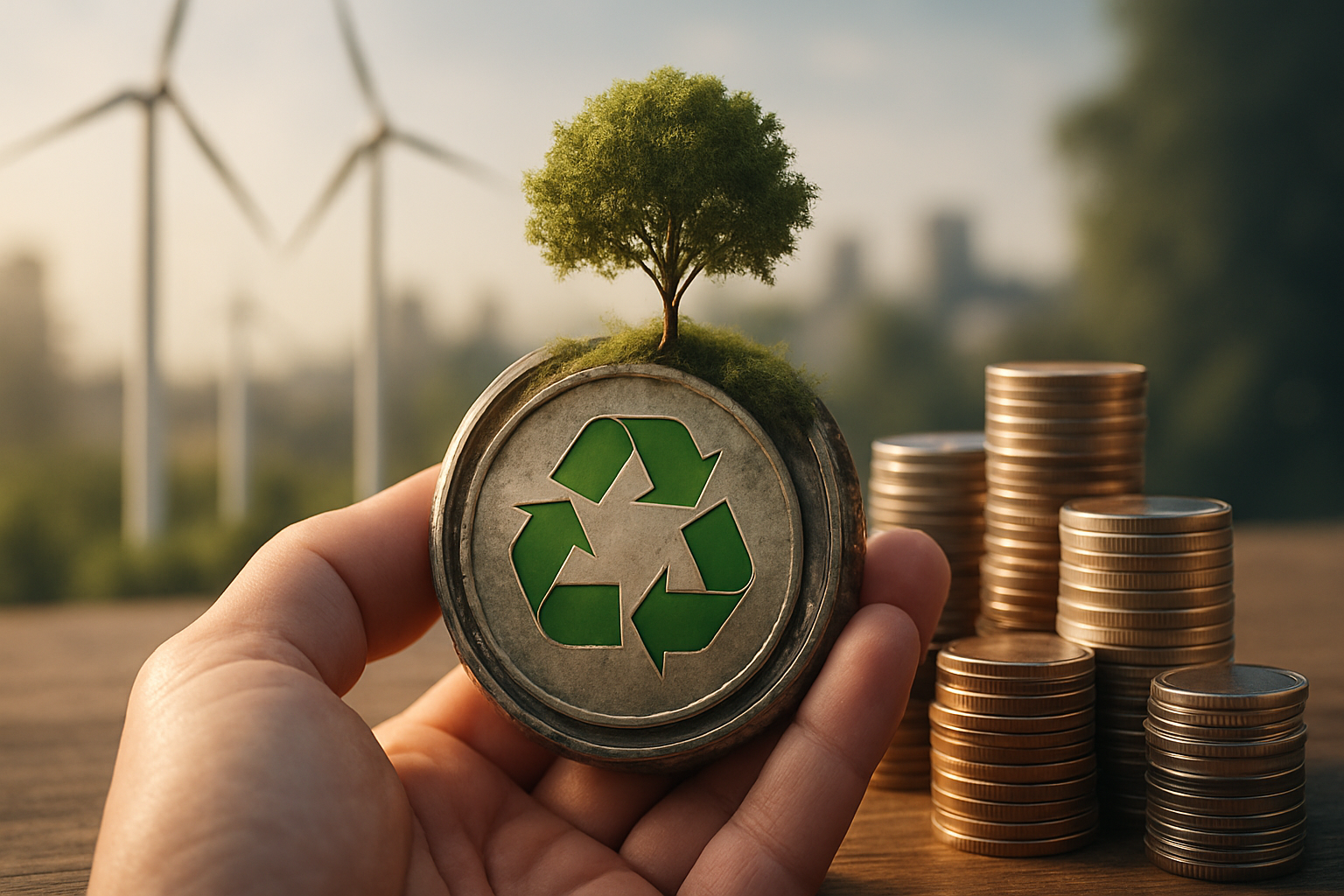Solastalgia: The Emotional Toll of Environmental Change
The intersection of climate change and mental health is giving rise to a new psychological phenomenon. Solastalgia, a term gaining traction in eco-psychology, describes the distress caused by environmental changes in one's home. This article delves into the concept, its impacts, and how society is grappling with this emerging challenge. Read below to explore the complex relationship between our surroundings and our psyche.

The term initially described the distress of Australian farmers facing persistent drought, but its application has broadened. From coastal communities dealing with rising sea levels to urban dwellers witnessing the loss of green spaces, solastalgia affects diverse populations worldwide. It manifests as a profound sense of loss, disorientation, and helplessness as familiar environments transform.
The Psychological Impact
The psychological toll of solastalgia is multifaceted. Individuals experiencing this phenomenon often report symptoms similar to those of depression and anxiety. The constant reminder of environmental degradation can lead to chronic stress, affecting both mental and physical health. Research indicates that people with strong place attachment are particularly vulnerable, as their sense of identity and belonging is closely tied to their environment.
Moreover, solastalgia can erode community cohesion. As landscapes change, traditional practices and cultural identities linked to the environment may become obsolete, leading to a loss of social connections and support systems. This erosion of community further exacerbates the psychological impact, creating a cycle of distress and disconnection.
Solastalgia in Different Contexts
While initially associated with rural communities, solastalgia is increasingly recognized in urban settings. City dwellers may experience this phenomenon as they witness the loss of historic buildings, parks, or entire neighborhoods to development or gentrification. The rapid pace of urban change can leave residents feeling alienated from their own communities.
In indigenous communities, solastalgia takes on added dimensions. For cultures with deep spiritual connections to the land, environmental changes can be particularly devastating. The loss of sacred sites or traditional food sources not only impacts daily life but also threatens cultural continuity and identity.
Climate refugees represent an extreme manifestation of solastalgia. Forced to leave their homes due to environmental changes, these individuals face not only the trauma of displacement but also the ongoing distress of knowing their homeland may be irrevocably altered or lost.
Coping Strategies and Resilience
As awareness of solastalgia grows, mental health professionals and community leaders are developing strategies to help individuals and communities cope. One approach involves fostering environmental stewardship. Engaging in conservation efforts or community gardening can provide a sense of agency and connection, mitigating feelings of helplessness.
Eco-therapy, which involves reconnecting with nature, is gaining recognition as a treatment for solastalgia and related conditions. This approach encourages individuals to build a positive relationship with their environment, even as it changes, fostering resilience and adaptability.
Community-based initiatives play a crucial role in addressing solastalgia. Programs that bring people together to share experiences and work towards common goals can rebuild social connections and create a sense of shared purpose. These initiatives often focus on local environmental projects, combining practical action with emotional support.
The Broader Implications for Society
The emergence of solastalgia as a recognized phenomenon has broader implications for how society approaches environmental issues. It underscores the deep psychological connections between humans and their environment, challenging purely economic or scientific approaches to climate change and environmental degradation.
Policy makers are beginning to consider the mental health impacts of environmental decisions. This shift could lead to more holistic approaches to urban planning, conservation, and climate adaptation strategies. Incorporating considerations of place attachment and community well-being into environmental policies could result in more sustainable and psychologically beneficial outcomes.
Moreover, the concept of solastalgia is reshaping the discourse around climate change. By highlighting the immediate, personal impacts of environmental degradation, it brings the issue closer to home for many people. This personalization of environmental change could potentially motivate greater public engagement and action on climate issues.
As society grapples with accelerating environmental changes, understanding and addressing solastalgia will become increasingly important. By recognizing the profound connections between environmental and psychological well-being, we can develop more compassionate and effective responses to the challenges of our changing world.





